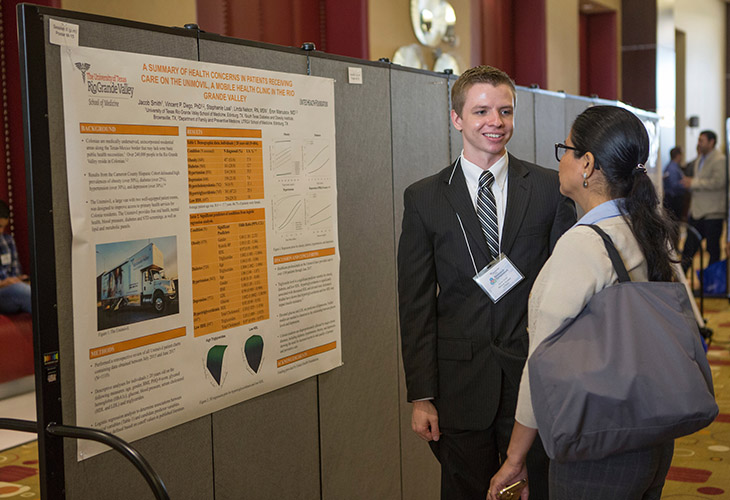Document Type
Article
Publication Date
6-24-2022
Abstract
Synaptic plasticity is the ability of the brain to make changes and the changes occur at synapses. To achieve the complicated functions, a good number of proteins are present at synapse and are called synaptic proteins. To stabilize these proteins at synapses, proteins are modified through posttranslational modifications (PTMs). The most studied PTMs include phosphorylation, acetylation, ubiquitination, glycosylation, palmitoylation, etc. Palmitoylation is a type of lipid modification and has received more attention recently for its contribution to protein trafficking, localization, and interaction in various synaptic plasticity. The membrane-associated guanylate kinase (MAGUK) family includes PSD-95, PSD-93 (also known as chapsyn-110), SAP102, and SAP97. They are present in the synapses and regulate the localization of synaptic proteins. Palmitoylation of PSD-95 has been demonstrated to involve in postsynaptic localization of PSD-95. SAP97 and PSD-93 contain palmitoylation sites that are very similar to PSD-95. However, the palmitoylation of SAP102 has not been fully studied. The proteomic analyses suggest the potential presence of palmitoylation of SAP102. In this study, we used human embryonic kidney 293 cells (HEK 293) to express SAP102. SAP102 palmitoylation was assayed using acyl-biotinyl exchange (ABE) method. The basal palmitoylation level of SAP102 and how the palmitoylation regulates SAP102 intracellular trafficking will provide a deeper understanding of SAP102 protein structure and how the protein plays a role at synapses.
Recommended Citation
Balderas, Santiago; Shirvani-Arani, Rozena; Fang, Xiaoqian; and Zhang, Yonghong, "Palmitoylation as a Regulator of MAGUK Proteins Postsynaptic Localization" (2022). MEDI 8127 Scholarly Activities Pre-Clerkship. 22.
https://scholarworks.utrgv.edu/som8127/22
Academic Level
medical student
Mentor/PI Department
Molecular Science


